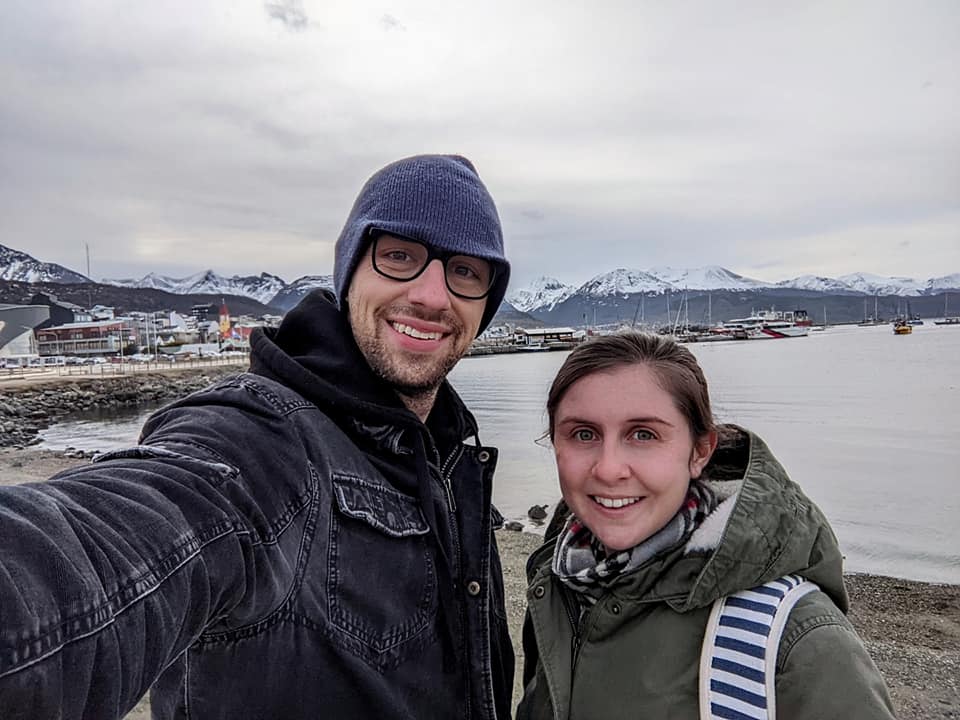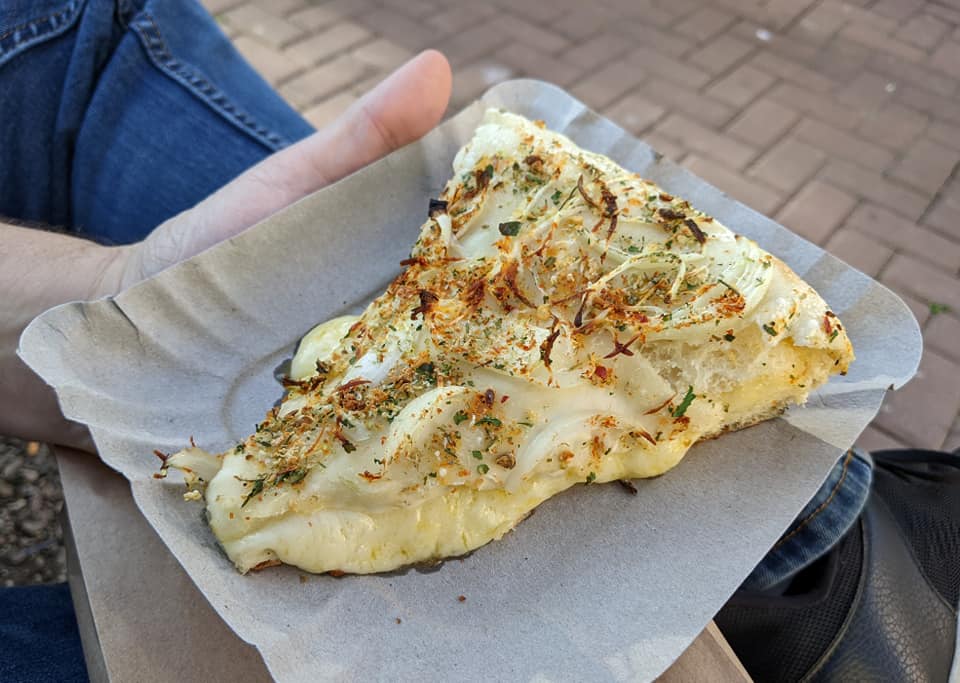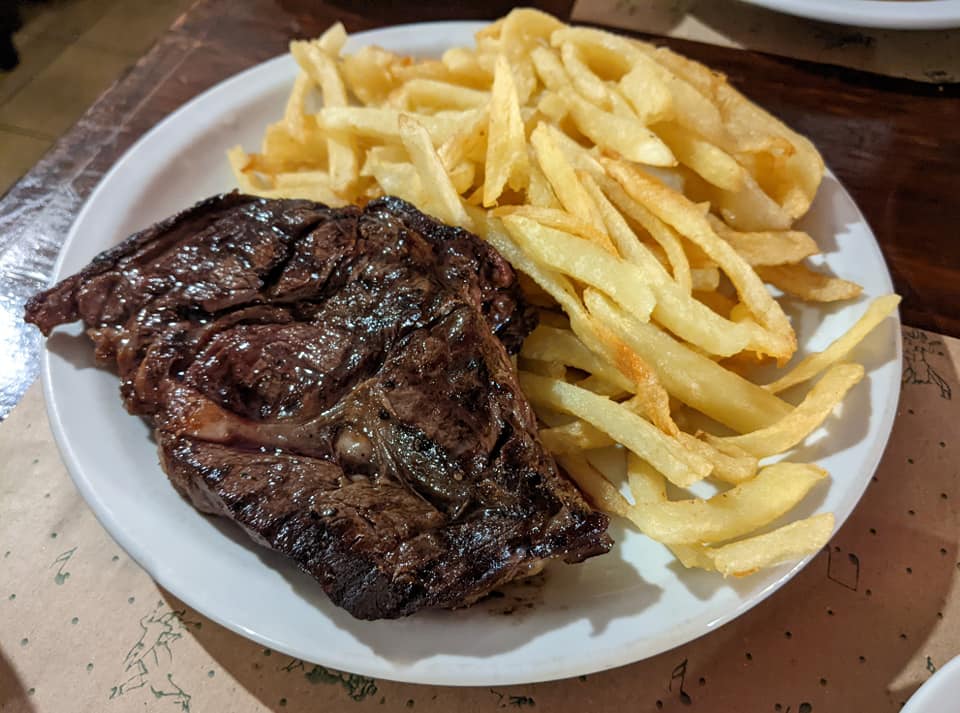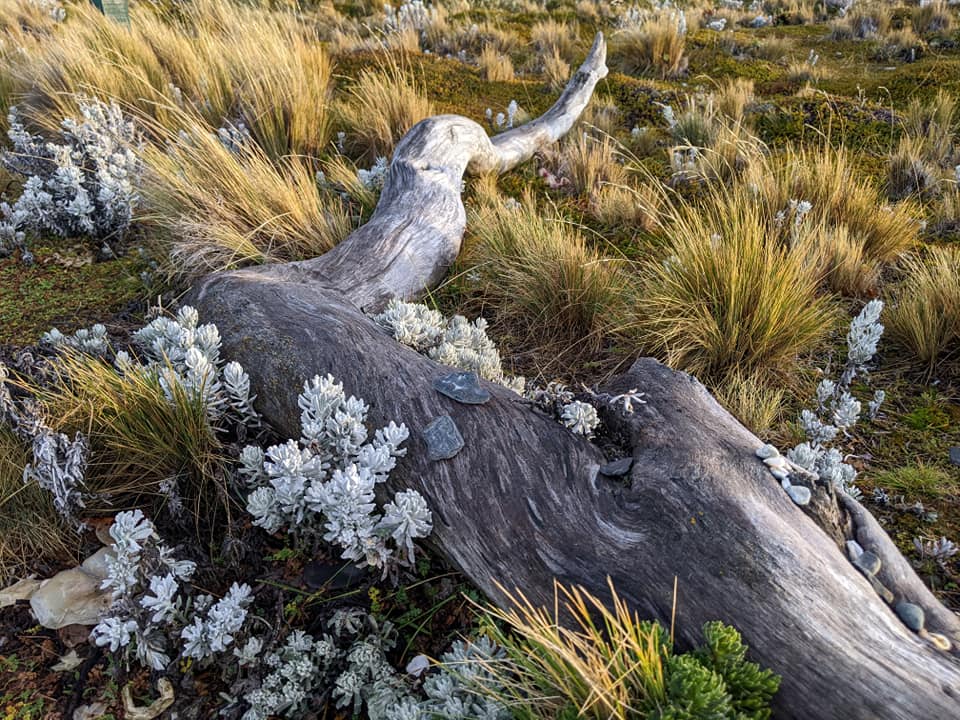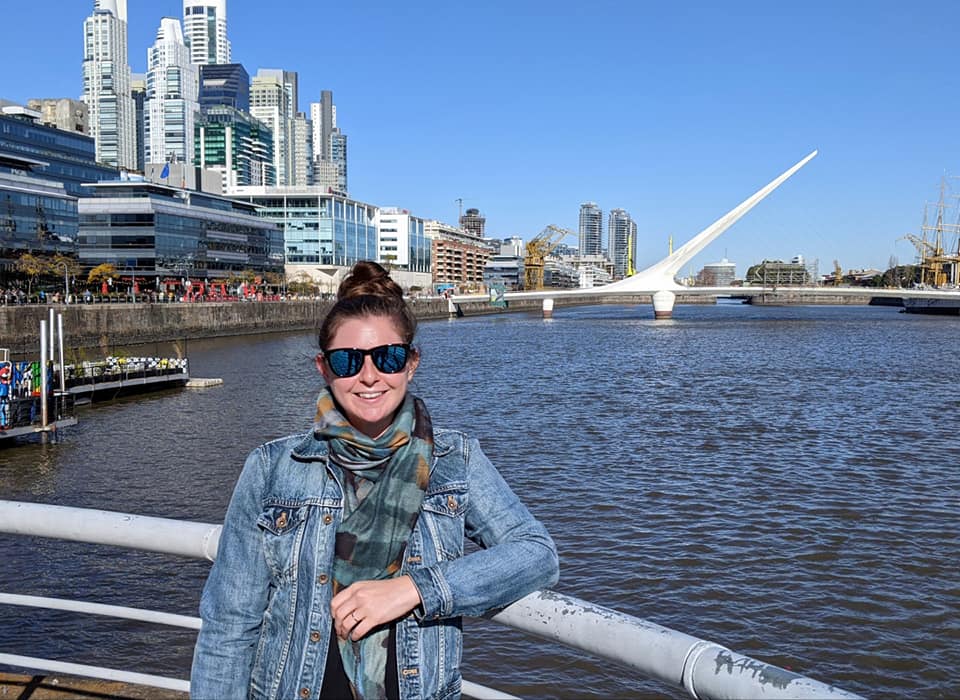
Once again, the time has come for me to document our travels! This time, specifically in and around Latin America! We’ve been lucky enough to call Guadalajara, Mexico “home” for almost two and a half years now, and even with a global pandemic cramping our style in the beginning, we’ve made it a point to travel as much as possible throughout the region. Of course, we added a few new countries to our growing list over the past two years, but our main priority was definitely to explore the different regions of our home country. Therefore, in addition to the long list of names (and accompanying photos), I’ll also be highlighting our top 5 places to visit in Mexico! Hopefully this will help guide you on any future trips to Mexico because in our opinion, these are truly the best of the best!
Yucatán: Mérida, Chichen Itzá, Uxmal, & Progreso
Guadalajara, Jalisco – There is just no earthly way I could leave OUR city off this list! We have traveled to over half the states of Mexico, to some of the most popular tourist destinations in the world, and there is still nowhere else I’d rather be. Guadalajara has everything we could ever want in a city. Some of the best food in the world, the most friendly, progressive, helpful people, an incredible history, gorgeous architecture, the perfect, high-altitude climate, I really could go on! When I say “en mi corazón, soy una Tapatía”, I truly mean it. And if you ever want to visit GDL, please, please, please reach out! I have so much to share about one of, if not my absolute favorite, city in the world!
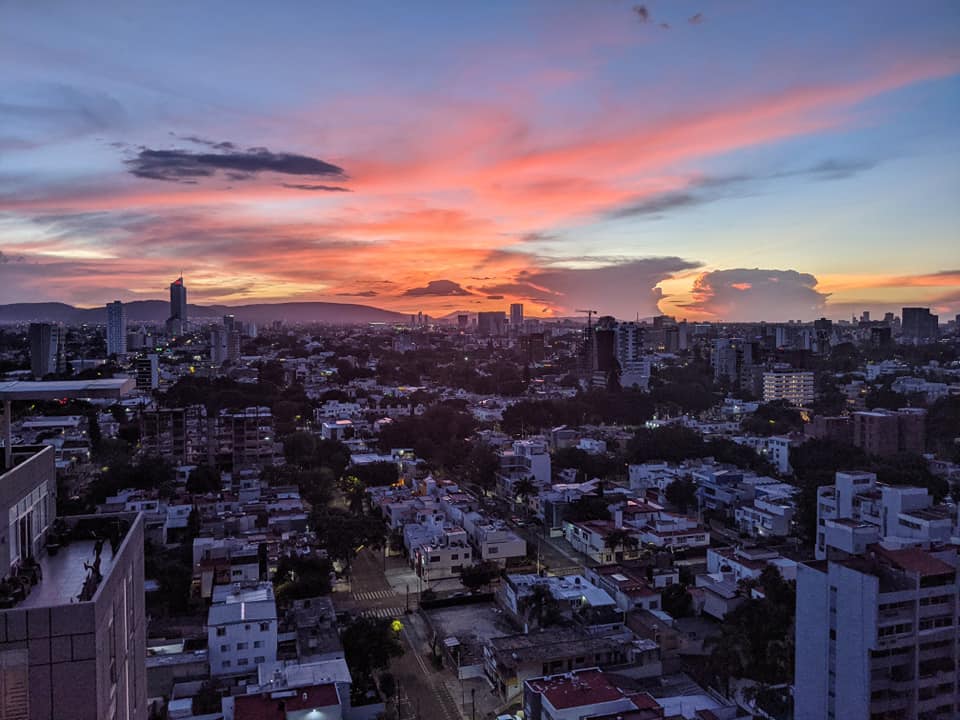
Chapala, Jalisco
CDMX & Teotihuacan, México
San Miguel de Allende, Guanajuato
Ajijic, Jalisco
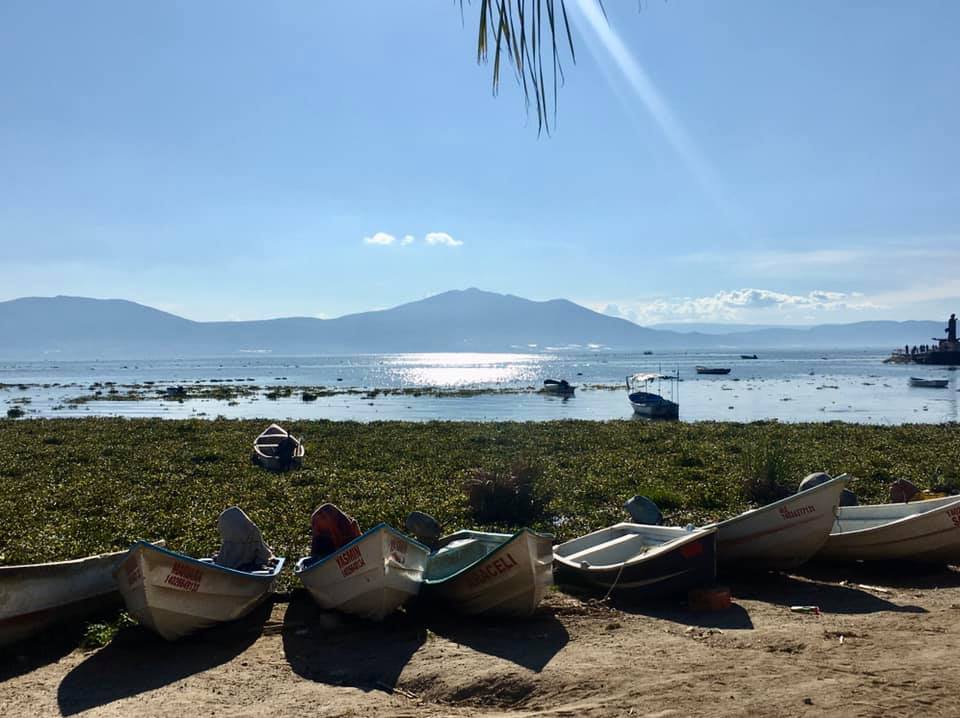



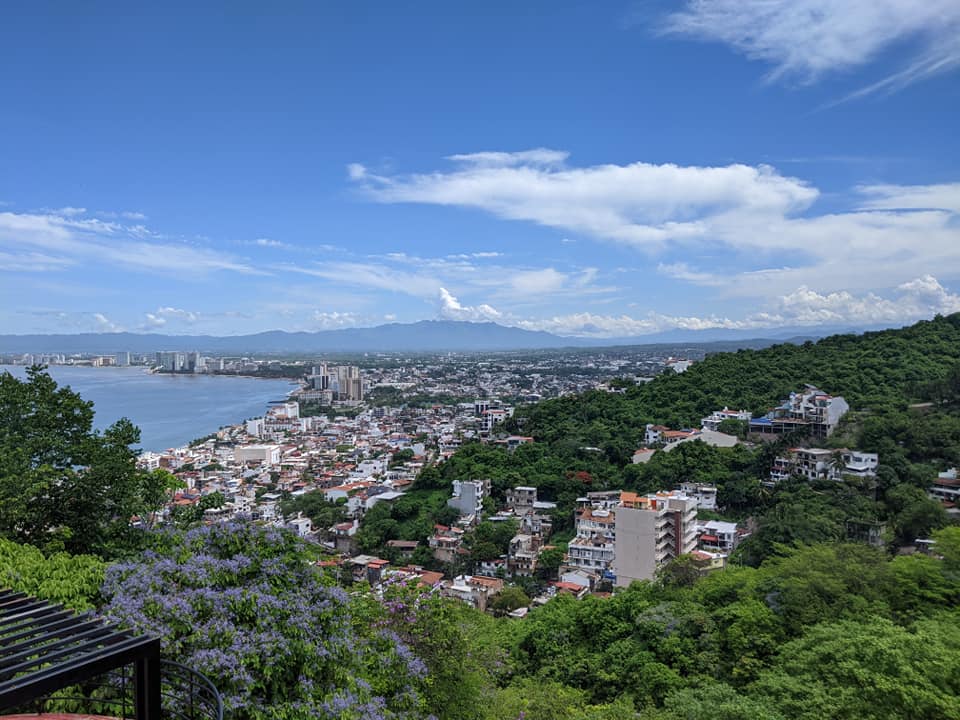
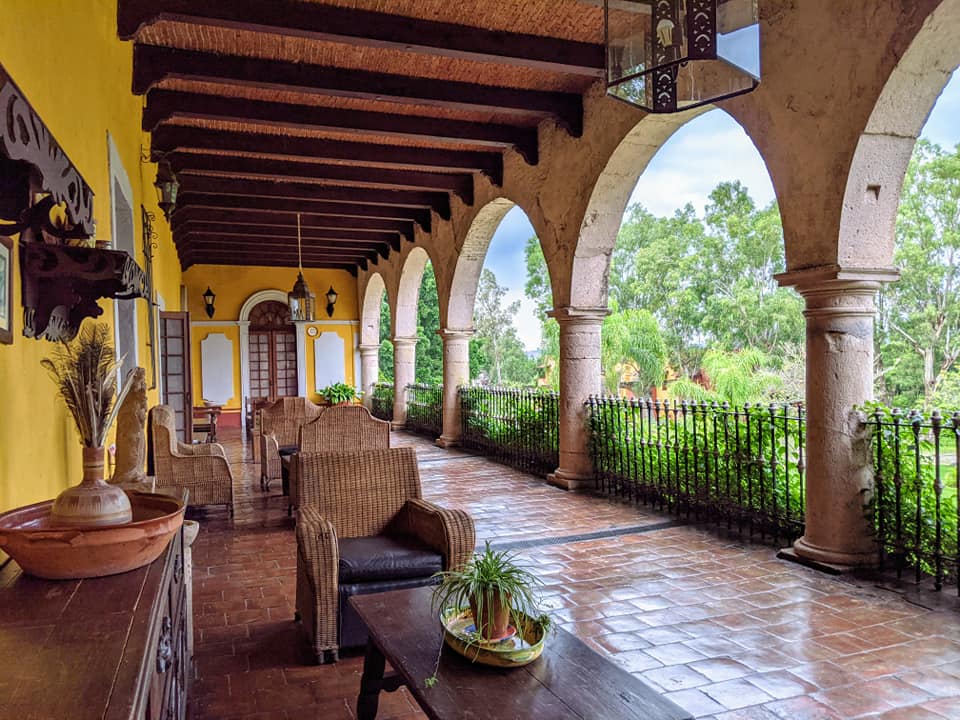
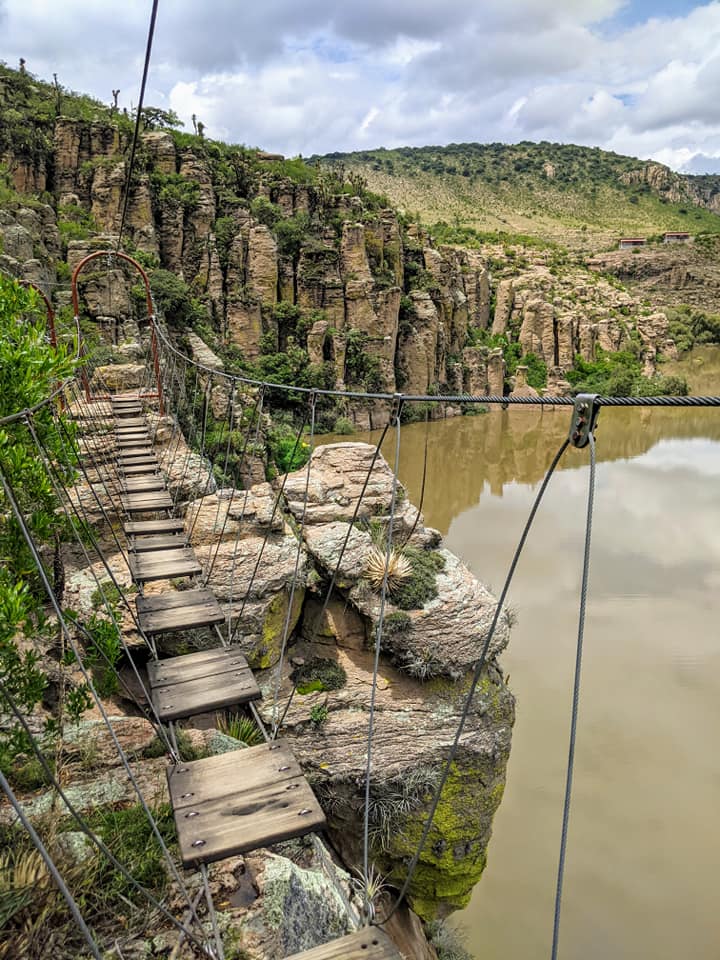

Puerto Vallarta, Jalisco
Teuchitlán, Jalisco

Aguascalientes & Boca de Túnel, Aguascalientes
Sayulita, Nayarit & Islas Marietas
Querétaro & Bernal, Querétaro – Interestingly, most of the places that made this highly exclusive list were places that we had never heard of prior to moving to Mexico. Places like Querétaro. Querétaro is both a city and a state in the very center of Mexico, and it has so much to offer! A historic, colonial city-center, a wine region, and the nearby pueblo mágico, Bernal, which has the third largest monolith in the world jutting out from behind one of the most picturesque towns I’ve ever had the pleasure of photographing. It is what I call “real Mexico”, outside all the tourist hubs, a little bit off the beaten track, thus much richer in charm and Mexican spirit.
Ecuador: Quito, Cotopaxi, & Quilotoa
Tlaquepaque, Tonalá, & Zapopan, Jalisco
Tapalpa, Jalisco
Monterrey, Nuevo León
Nuevo Laredo, Tamaulipas
Saltillo, Coahuila



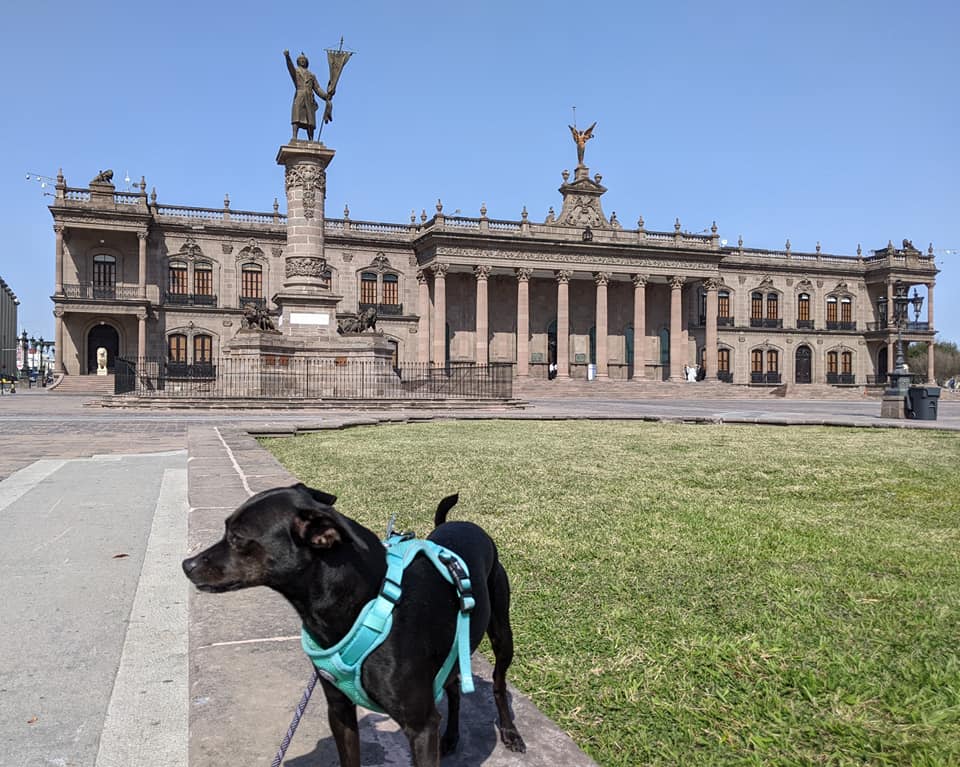


Guanajuato, Guanajuato – Another ciudad full of Mexican spirit and history is Guanajuato. Also located in central Mexico, Guanajuato is a true mountain city and is just downright cool. With all its twisting tunnels and spectacular views of the peaks and valleys that make up this city, Guanajuato is such an amazing place to explore some of the lesser-known traditions, dishes, and other elements of Mexican culture. Tucker and I spent Birthdays Week here last year, and we’ve been besotted ever since. It might be one of the best walking cities in the world with the incredibly unique cafes, shops, and historical sites around just about every corner!
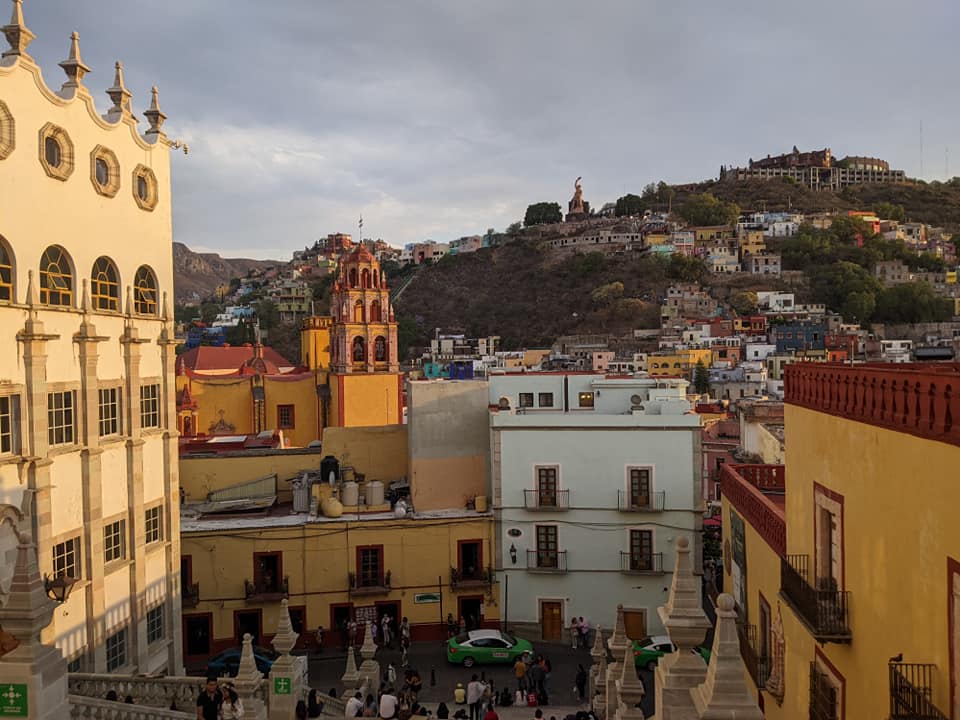
Quintana Roo: Cancún, Isla Mujeres, Playa del Carmen, Cozumel, Tulum, & Bacalar
Argentina: Buenos Aires & Ushuaia
Uruguay: Montevideo



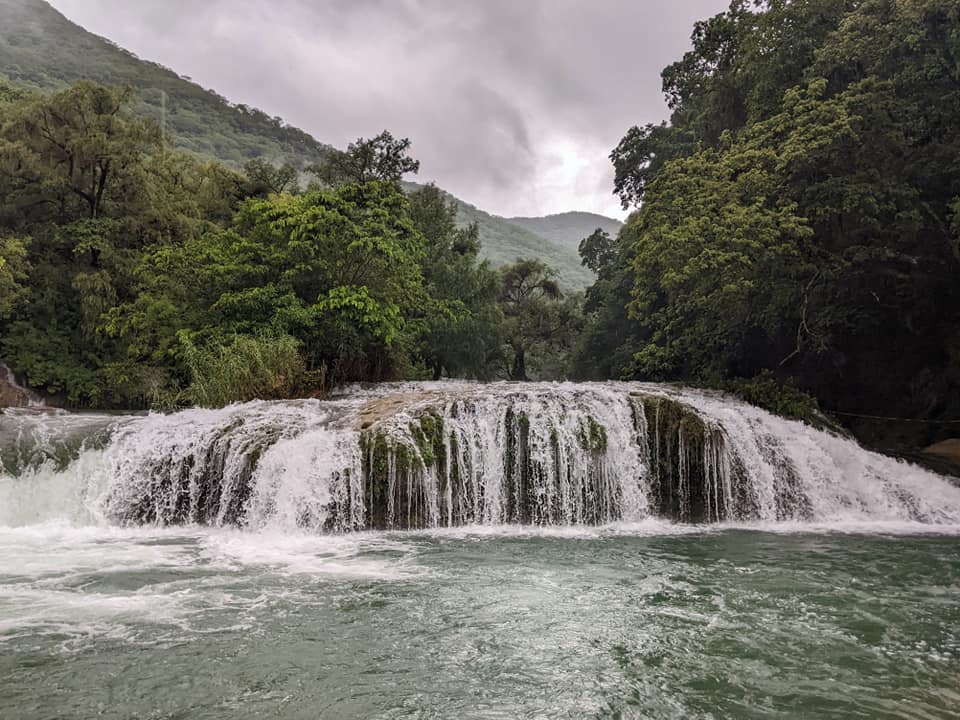
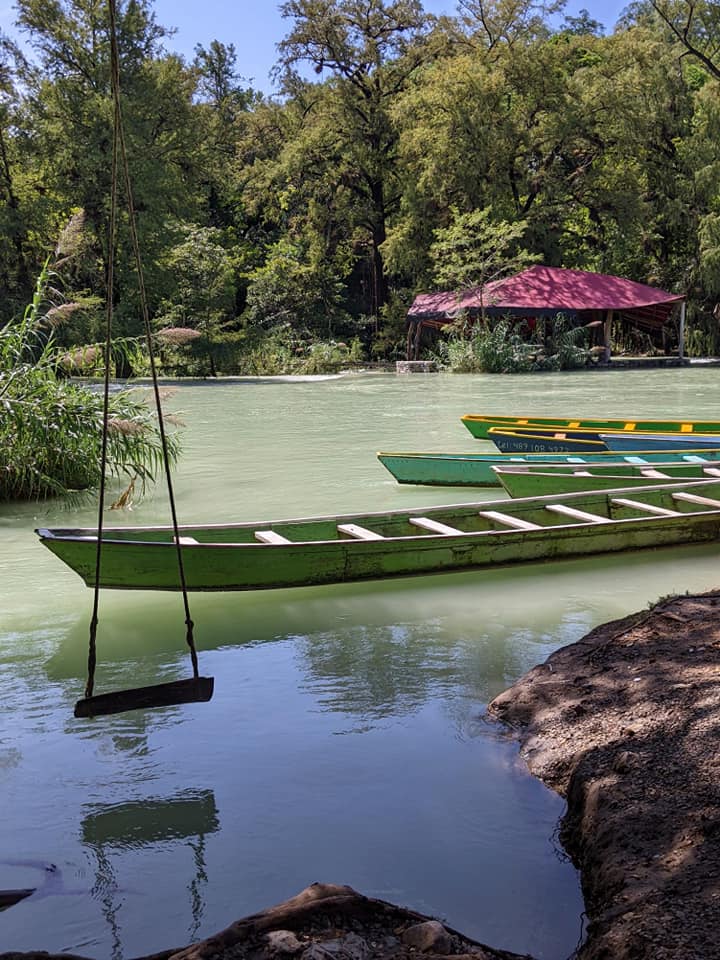
San Luis Potosí: Ciudad Valles, Tamasopo, Tamul & San Luis Potosí
El Meco, Tamaulipas

Tequila, Jalisco – Ah, Tequila. The word probably brings up fond memories for us all (well, and maybe a few not-so-fond memories too), but the town of Tequila, aka the birthplace of the drink, is good vibes only. It’s one of 40 pueblos mágicos that we happened to visit during our time here, and it’s by far my favorite. Distillery tours, agave fields, markets, cantaritos, shows, and so much more with the absolute BEST atmosphere and a scenic train to boot. This is the side of Mexico that I love. It’s fun, and it’s a party, but it’s also so much more than that. And the best thing is, it’s only 45 minutes from Guadalajara – an easy and obvious day-trip for any future visitors!
Oaxaca: Oaxaca, Monte Albán, Mitla, Tlacolula, & Hierve de Agua
León, Guanajuato
Chihuahua: Chihuahua, Ciudad Cuauhtémoc, Creel, & Las Barrancas del Cobre
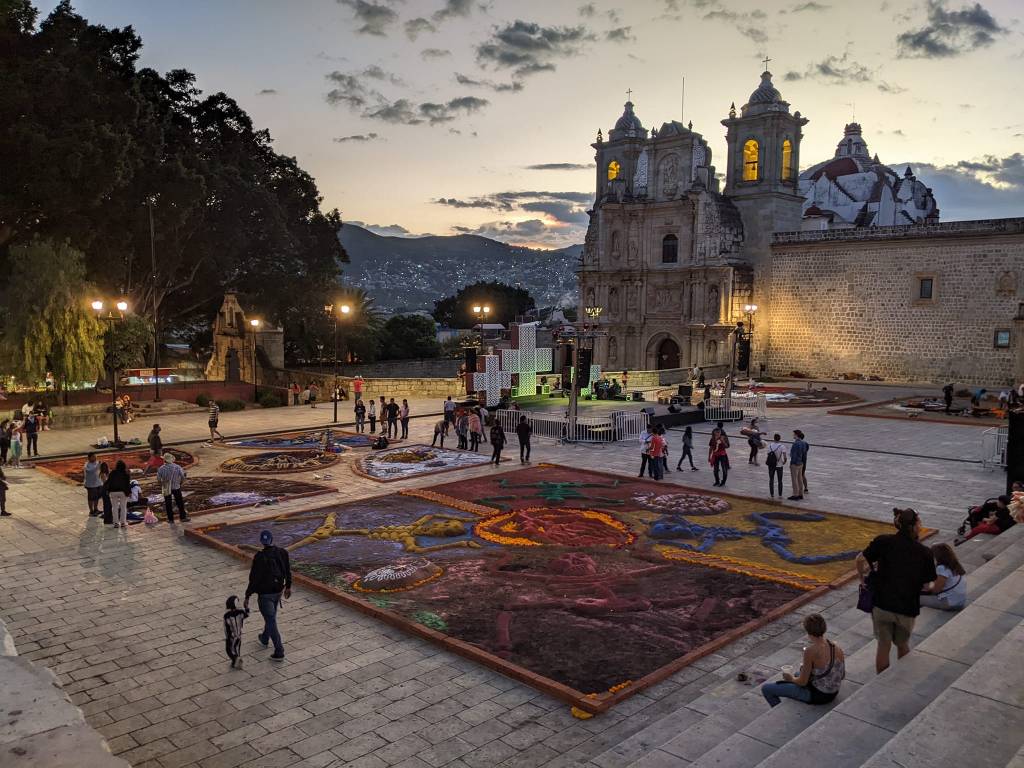


Baja California Sur: San José del Cabo, Cabo San Lucas, Todos Santos, La Paz, & Isla Espíritu Santo – And last, but certainly not least, is La Paz, Baja California Sur. Honestly, we weren’t expecting to be impressed with this one as beaches (especially with loads of tourists) aren’t really our thing, but the pure beauty of La Paz absolutely blew us away! If you read all the names on this list, you’ve seen that we’ve been to all the big-hitters: Cancún, Tulum, Cabo, Puerto Vallarta, etc. but let me tell you, none of those compare to the beaches and nature surrounding La Paz! Sea lions, whale sharks, crystal clear water, white sandy beaches, and if you ask me, a slightly more respectful collection of tourists. Other than Guadalajara, La Paz is the only other place in Mexico we’d consider living, and given our love of GDL, that really is saying something!

Michoacán: Morelia & El Rosario
Bogotá, Colombia

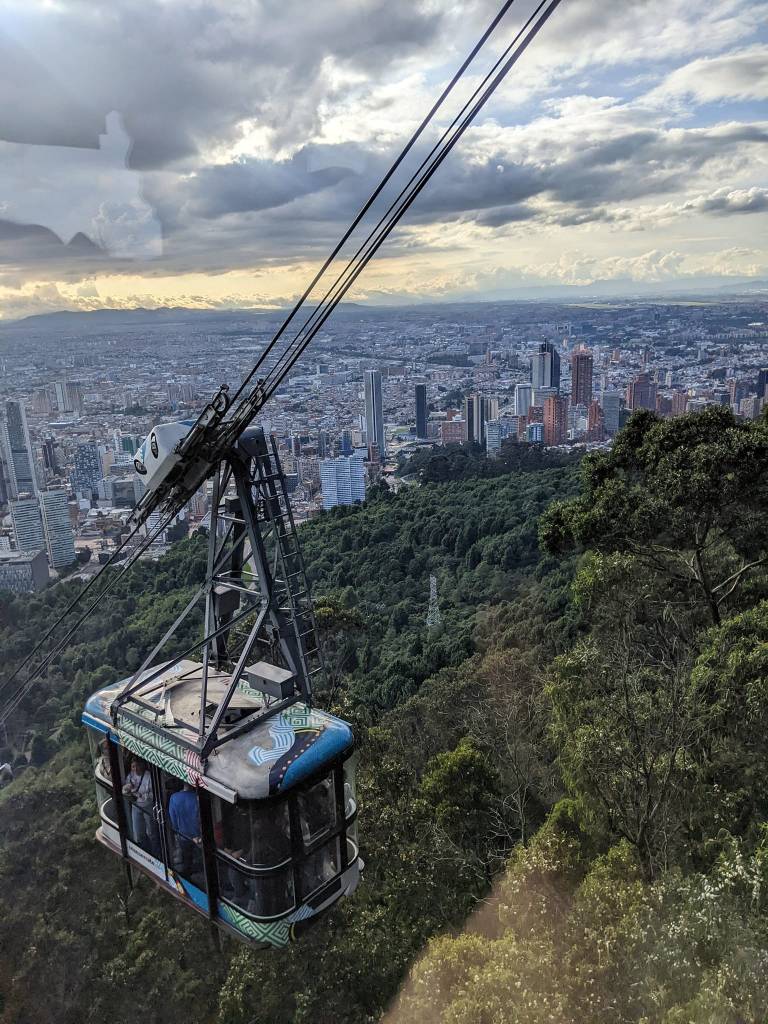
And that’s the list! So many incredible places that we’ve had the privilege to see in person! I know some people wonder why we do it; why we uproot our lives and leave our families and friends behind every few years, well, this is it. Because every section of the world has so much to offer, and as long as I’m able to, I will do everything in my power to continue exploring it and learning everything I can along the way! Gracias, México, for one heck of a good journey!










